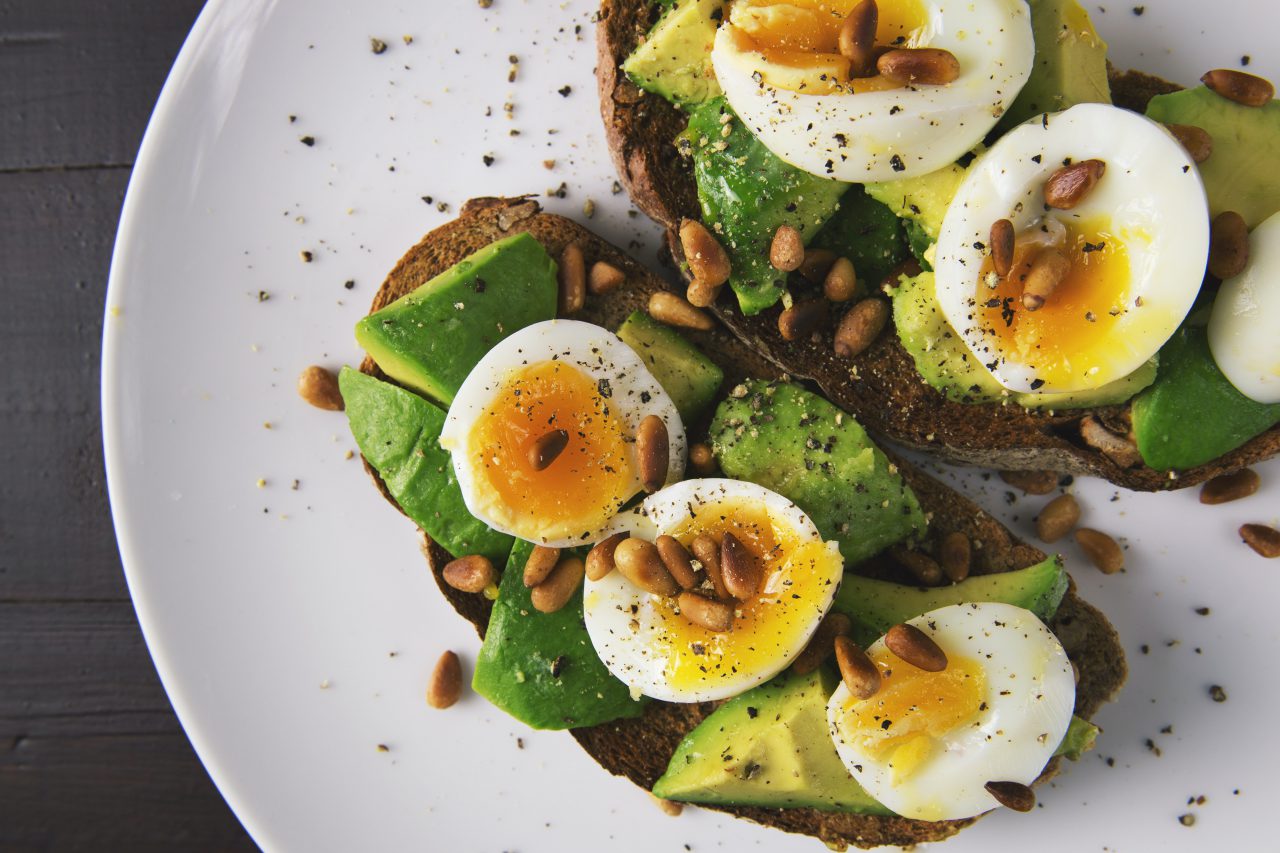
How Calories Affect Your Fitness Goals
A calorie is a unit of energy and is defined as the amount of heat energy required to raise the temperature of 1 gram of water 1 degree Celsius.
We use calories to measure the potential energy absorption of the nutrients we intake. When it comes to weight loss, maintenance , or gain the 1st factor to consider is calorie intake.
We use them for our daily activities such as walking, chores, even watching tv. Everything you do uses calories. So your body needs that energy to function properly daily. How many calories you need daily depends on how active you are. If you are someone who moves a lot and exercises regularly you’ll need more calories than someone who is more sedentary and doesn’t exercise.
If you are looking to lose weight you must be in a calorie deficit which means you must consume less calories that your body needs to maintain your current weight. If you are looking to gain weight you must be in a calorie surplus which means you must consume more calories than your body need to maintain your weight
If you are eating 2500 cals a day and weigh 190 lbs in order to get below 190lbs you need to eat less than 2200 cals or less.
Another way to track how long it will take to lose weight is understanding how many calories it takes to lose a lb of Fat! 3500 calories = 1lb of fat
If you are in a deficit of 500 Calories a day you would lose 1lb of fat a week!
When you add daily exercise on top of a calorie deficit it makes the deficit greater.
Calories in vs Calories out is simply how many calories you consume vs how many calories you use. So if you eat 2100 calories but burn 2600 you are in a deficit! If you eat 2500 calories and burn 2100 calories you are in a surplus and have over consumed.

Tracking Calories
The only true and honest way you can know how many calories you are consuming is tracking them. It is very easy to underestimate how many calories you are consuming and that is where most people go wrong.
98% of everything you consume has calories in it.
When tracking you want to track all food along with oil, butter, condiments, all drinks, and the quantity of each. It’s easy to forget the butter you used to cook the eggs. Unless you are actually weighing all your food (which isn’t necessary) everything you track is a rough estimation. So when tracking you want to allow room for error. I tell people all the time when tracking I’d rather overestimate calories than underestimate.
You can use apps like My FitnessPal or Lose it to help with calculating how much you are taking in. When you are using these apps it’s important to try to know the portion/serving size of what you are consuming. If you eat 6 pieces of chicken and they are 3 ounces each then that is 18 ounces of chicken. That is what should be documented. How they usually weigh or portion them will vary, the best way to know is to look at the nutrition label.
How our Bodies use Calories
There are several different explanations as to how our bodies use and process the calories we consume. As science developed over the years, formulas and concepts developed to be able to help calculate and explain how we use calories, how we burn calories and many more. First is NEAT. I love the National Library of Medicines Definition of NEAT. (https://pubmed.ncbi.nlm.nih.gov/12468415/)
“Non-exercise activity thermogenesis (NEAT) is the energy expended for everything we do that is not sleeping, eating or sports-like exercise. It ranges from the energy expended walking to work, typing, performing yard work, undertaking agricultural tasks and fidgeting.
Even trivial physical activities increase metabolic rate substantially and it is the cumulative impact of a multitude of exothermic actions that culminate in an individual’s daily NEAT. It is, therefore, not surprising that NEAT explains a vast majority of an individual’s non-resting energy needs.
NEAT increases with overfeeding and decreases with underfeeding. Thus, NEAT could be a critical component in how we maintain our body weight and/or develop obesity or lose weight.”
Alternatively some common formulas used to understand how the body processes calories are listed.
BMR (Basal Metabolic Rate) the number of calories your body needs to accomplish its most basic (basal) life-sustaining functions.
One popular way to estimate BMR is through the Harris-Benedict formula, which takes into account weight, height, age, and gender.
Women: BMR = 655 + (9.6 × weight in kg) + (1.8 × height in cm) – (4.7 × age in years)
Men: BMR = 66 + (13.7 × weight in kg) + (5 × height in cm) – (6.8 × age in years)
TDEE (Total Daily Energy Expenditure) an estimation of how many calories you burn per day when exercise is taken into account. It is calculated by first figuring out your Basal Metabolic Rate, then multiplying that value by an activity multiplier.
RMR (Resting Metabolic Rate) is the rate at which your body burns energy when it is at complete rest. You can calculate your RMR to see how many calories your body needs to perform basic functions like breathing and circulation. Your RMR is part of your TDEE or the total number of calories you burn each day.



